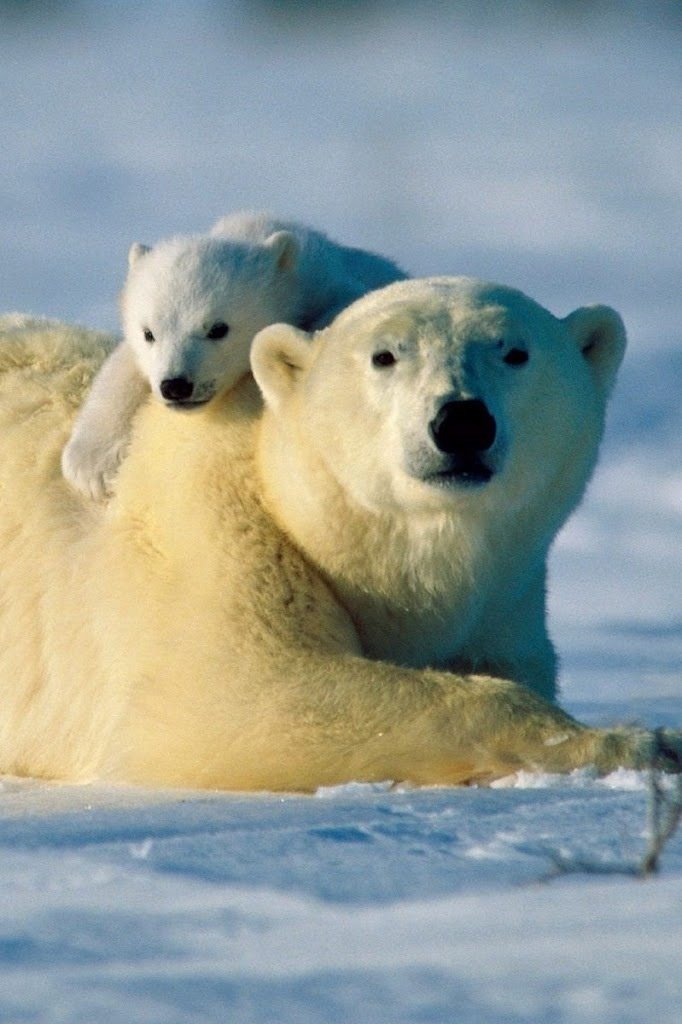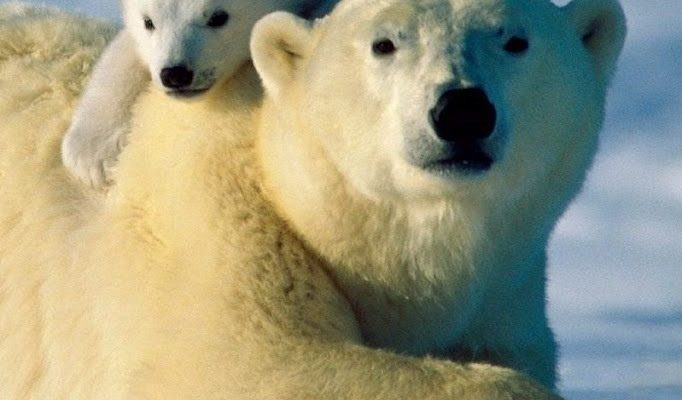
Understanding their status requires a deep dive into the world of conservation and climate change. Just like the polar bear, we might feel isolated in our own “ice caps” of knowledge, but let’s break it down together. Imagine the polar bear as a canary in a coal mine; its survival is a clear signal about the health of our planet. As we explore the current situation of these bears, we’ll also look into global conservation efforts and what we can do to help.
The Current Status of Polar Bears
Polar bears are classified as vulnerable, which is a step away from being endangered. The International Union for Conservation of Nature (IUCN) assesses their risk level based on population trends and habitat conditions. As of now, estimates suggest there are around 22,000 to 31,000 polar bears in the world. That might seem like a lot, but when you consider the vast areas they inhabit, it’s a concerning figure.
The main threat to polar bears is habitat loss due to climate change. As global temperatures rise, the sea ice they depend on for hunting seals is melting faster than ever. Think of it like losing the foundation of your house; without that sturdy ice, polar bears struggle to find food. They are forced to swim longer distances, leading to exhaustion and, in many cases, starvation.
Moreover, polar bears aren’t just affected by local changes. Global warming is a worldwide issue, meaning their plight reflects broader environmental problems. As we learn more about their situation, it’s clear that polar bears serve as a reminder of our responsibility to protect our planet.
Habitat Loss and Climate Change
Let’s delve deeper into the connection between climate change and the polar bear’s habitat. As the Arctic undergoes rapid transformation, the effects ripple through the ecosystem. The sea ice, crucial for hunting, is diminishing, leaving fewer opportunities for these bears to catch their primary food source—seals.
During summer months, the ice retreats significantly. Polar bears rely on this ice to rest and hunt, and as it disappears, they resort to spending more time on land, where food is scarce. This change can lead to increased competition among bears for food and territory, which can be quite brutal. Imagine a grocery store packed with hungry shoppers; the stress that comes from competing for the last loaf of bread is nothing compared to the struggle these bears face.
In addition to habitat loss, the warming climate can also cause more unpredictable weather patterns. Storms can increase, leading to dangerous ice conditions. Polar bears are left vulnerable, struggling to adapt to a rapidly changing world. It’s a tough reality, and one that highlights the urgent need for global action.
Conservation Efforts: What’s Being Done?
The good news is that many organizations and governments are stepping up to help polar bears. Conservation efforts include protecting their habitat, reducing greenhouse gas emissions, and supporting research to understand their behavior better. For instance, the Polar Bear Conservation Plan aims to preserve vital areas like the Arctic National Wildlife Refuge, which provides a safe haven for polar bears.
Another critical effort involves creating awareness about climate change. By educating communities, we can all become advocates for the polar bear. Whether it’s through simple actions at home, like reducing energy consumption or supporting eco-friendly products, every little bit helps.
Additionally, organizations like the World Wildlife Fund (WWF) provide resources for people to get involved. From fundraising to conservation projects, there are plenty of ways individuals can contribute to the protection of polar bears. It’s a team effort, and every action counts.
Challenges in Conservation
Despite these efforts, many challenges remain. One significant issue is the conflicts that arise between polar bears and human populations. As bears search for food near human settlements, encounters can become dangerous. Communities must find ways to coexist with these powerful animals without compromising safety.
There’s also the ongoing struggle against oil drilling and shipping in the Arctic. These activities can disrupt the fragile ecosystem and further contribute to habitat loss. Balancing the economic benefits of these actions with the ecological impacts is a constant tug-of-war.
Moreover, funding for conservation initiatives can be inconsistent. In a world where many issues compete for attention and resources, wildlife conservation often takes a backseat. It’s crucial to keep pushing for sustainable policies that prioritize our natural world.
How Individuals Can Help
So, what can you do to help polar bears? Well, there are several options! First, consider reducing your carbon footprint. Simple changes, like using public transport or cycling, can make a difference. You can also support sustainable products—choose brands that prioritize eco-friendly practices.
Another impactful way to get involved is by donating to organizations focused on polar bear conservation. Your contribution can help fund research, habitat protection, and community awareness projects.
Lastly, educate those around you. Share what you’ve learned about the plight of the polar bear and the importance of conservation. By spreading the word, you can inspire others to take action, creating a ripple effect that can lead to significant change.
The Future of Polar Bears
The future of polar bears largely depends on us. If climate change continues at its current pace, these bears may face an uncertain fate. That’s the harsh reality we must confront. However, there is hope—many communities are becoming more aware and proactive about climate action.
Advancements in technology are also playing a part. Scientists are using satellite tracking and drones to monitor polar bear movement and behavior, helping to inform conservation strategies.
The story of the polar bear is not just about their survival; it’s about the health of our planet. By understanding and addressing the challenges they face, we can work toward creating a future where polar bears thrive alongside us.
In summary, the question “Is the polar bear endangered?” unveils a complex tapestry of climate challenges, conservation efforts, and individual responsibility. These magnificent creatures symbolize not just the beauty of our world but also the urgent need for action.
As we navigate this journey together, let’s remember that every step counts. Whether it’s making small changes in our personal lives or supporting broader conservation efforts, we can all contribute to the survival of the polar bear. They may roam the icy expanse of the Arctic, but their fate ties in closely with ours. If we take care of our planet, we’ll ensure that these majestic bears can continue to wander across their snowy domain for generations to come.

